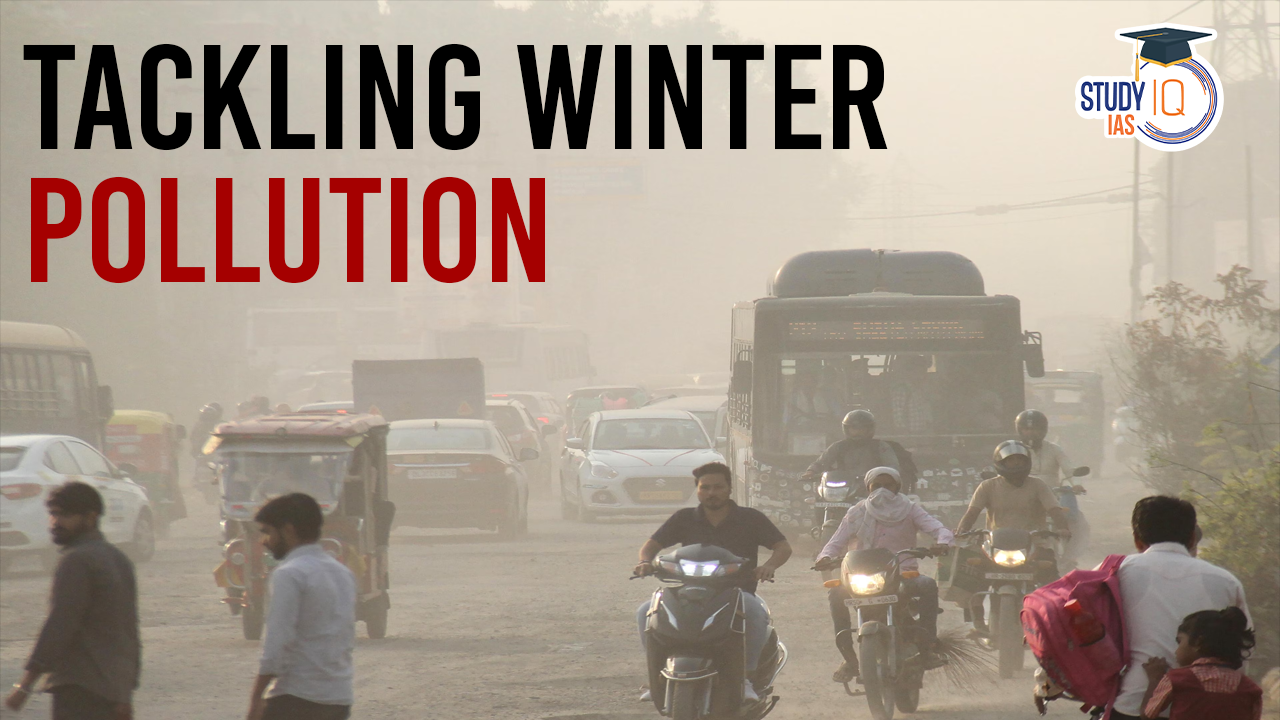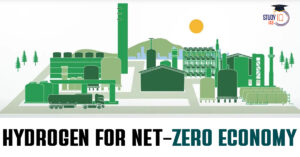Table of Contents
A meeting was convened by a senior official from the Prime Minister’s Office including representatives from Delhi, Haryana, Punjab, Rajasthan, and Uttar Pradesh, as well as heads of various ministries to tackle winter pollution.
More in News
- During the meeting, both Punjab and Haryana pledged to eliminate stubble burning this year.
- This commitment follows a Supreme Court order last November mandating an end to such practices.
- The court has also sought updates from the Centre regarding actions taken to tackle this issue.
Key Sources of Winter Pollution in Northern India
- Burning of Paddy Stubble: Punjab and Haryana is responsible for up to 40% of the pollutant load in Delhi during the peak season.
- Traditional Sources: Vehicular emissions, dust from roads and construction, solid waste management issues, and diesel generators.
Recent Trends in Stubble Burning
- In 2023, Punjab recorded a 59% decrease in stubble-burning incidents compared to 2022, while Haryana saw a 40% reduction. Conversely, Uttar Pradesh experienced a 30% increase in such incidents.
- Despite known solutions—such as economic incentives and punitive measures—implementation remains challenging.
Management Plans for Winter Pollution
- Punjab’s Strategy: The state aims to manage 11.5 million tonnes of paddy straw through in-situ crop residue management and address the remainder via ex-situ methods.
- Haryana’s Approach: It plans to manage 3.3 million tonnes in situ and utilise ex-situ methods for the rest.
- Delhi’s Approach: The Delhi government has once again framed a Winter Action Plan to combat the severe air pollution that engulfs the city during the festival season and persists throughout winter.
Key Features of the Winter Action Plan
- Real-Time Monitoring: The introduction of drones for real-time monitoring of pollution hotspots is a significant addition, aimed at addressing the lack of accurate data and coordination among government agencies.
- Task Force Formation: A task force has been established, comprising representatives from various departments such as environment, transport, revenue, and traffic. This aims to improve inter-agency collaboration.
- Additionally, both states will co-fire 2 million tonnes of paddy straw in 11 thermal power plants across the National Capital Region (NCR), converting straw into pellets for carbon use.
Challenges to Implementation
Despite these plans, there are significant hurdles:
- Awareness programs designed to engage residents in addressing the public health crisis face delays.
- Reports indicate that farmers in surrounding areas have already begun burning crop residue
- Many crop residue management machines are often unavailable when needed by farmers.
- There is no efficient system for transporting straw from fields to power plants.
- The pollution crisis is complex and requires sustained efforts for gradual improvement.
- The Union government’s Commission for Air Quality Management (CAQM) has not been effective as a mediator.
Conclusion
The collaborative efforts between states and the Centre are crucial in addressing the multifaceted causes of pollution. Political differences must be set aside to ensure effective implementation of strategies aimed at improving air quality during the winter months.


 Hydrogen For Net-Zero Economy, Governmen...
Hydrogen For Net-Zero Economy, Governmen...
 Mantis Shrimp - Latest Research News and...
Mantis Shrimp - Latest Research News and...
 Cheetah Project Steering Committee Key R...
Cheetah Project Steering Committee Key R...





















